UX Specialist for holistic problem solving.
Ideation, concept, production.
Strategy, development, adaptation.
Team player, communicator, leader.
Wireframes, electronics, code.
ABOUT UX
As a UX-designer, you are shaping a system. You take the user’s needs, goals, and expectations , combine them with the product’s features, processes, limitations, and the business’ structures, values, and intends. Every “product” you create is a living system of these dependencies and many more. And they all influence each other and therefore have to be considered. So what you start with is a tangle of countless elements that are piled and folded into infinite complexity. Your job as a designer is to find and reveal the pattern behind it.
This is how I love to start my projects.

“I call intuition cosmic fishing.
You feel a nibble, then you’ve got to hook the fish.”
— R. Buckminster Fuller
HOW I SEE UX
Every contemporary book about interaction design and UX design calls upon user-centric design as the key to a successful product. And even when Gropius and his colleagues formulated that idea a century ago, it is now more relevant than ever. In today’s turbo capitalistic society, products and services and their substitution evolve so quickly that it is almost more important how easy they can be used than the list of functions they can really handle.
But solely considering the user’s needs won’t make your product succeed.
You can’t create a satisfying experience when the product does not supply the needed information, feature, or performance. You won’t establish the user’s trust in a product when you don’t have the business model to support its development, maintenance, and continuation.
The job of a UX-Designer is being the user’s advocat, while considering the product and the business. Creating successful products is about creating and balancing the trinity of user, product, and business.
This is why “T-shaped” people and “generalist” are the most influential UX designers. They have the empathy and understanding to communicate between the fields. The software architecture can influence the user experience as much as a rollout plan.
